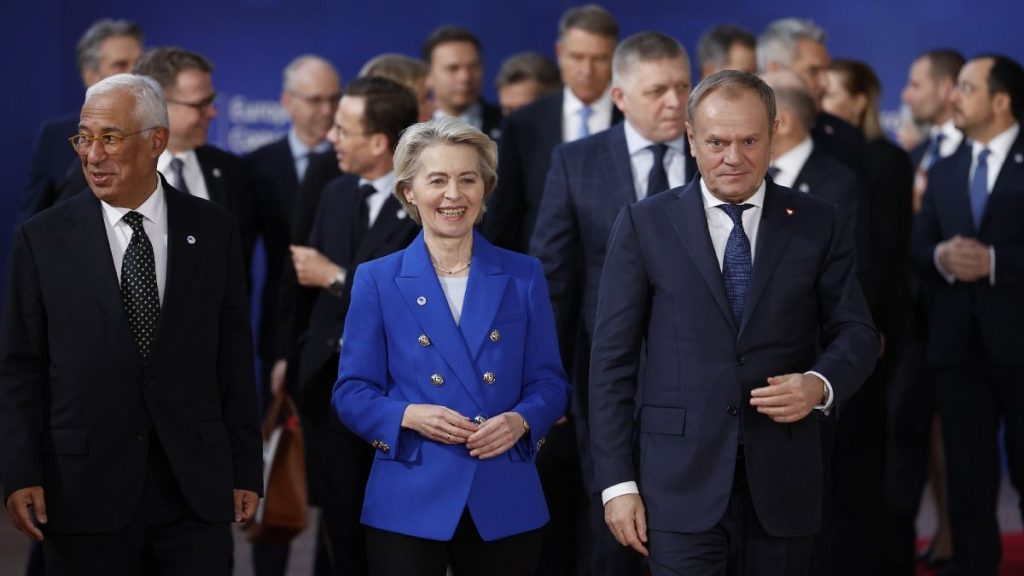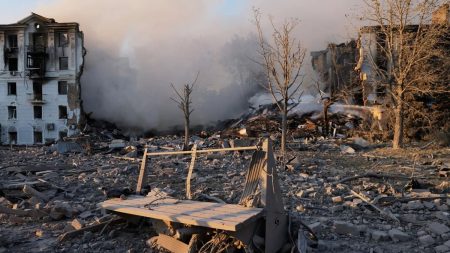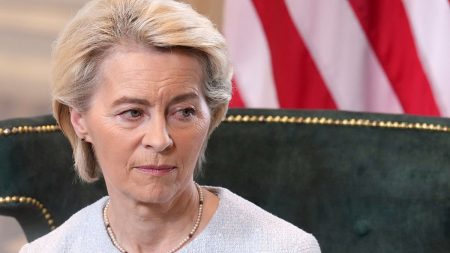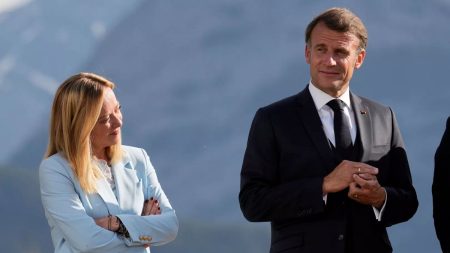The European Union faces a critical juncture in bolstering its defense capabilities, necessitating a substantial investment of €500 billion over the coming decades. This financial commitment aims to revitalize the European defense industry, address critical capability gaps, and enhance the bloc’s security posture in an increasingly volatile geopolitical landscape. However, achieving this ambitious goal requires overcoming significant hurdles, as member states remain divided on key issues such as prioritizing defense spending, financing mechanisms, and equipment acquisition strategies. An informal summit convened in Brussels offered a platform for EU leaders to engage in frank discussions and seek common ground on these crucial matters.
The summit, held in the historic Palais d’Egmont, marked the first dedicated solely to defense matters. The informal setting, devoid of the expectation of formal conclusions, encouraged open dialogue among leaders. Discussions revolved around two central themes: identifying priority military capabilities for investment and determining how to finance their development and acquisition. The stark reality is that current budgetary allocations for defense fall dramatically short of the required investment, highlighting the urgent need for a substantial increase in funding.
The €500 billion investment represents a significant increase over the €8 billion earmarked for defense in the 2021-2027 EU budget. This substantial investment seeks to address the long-standing underinvestment in the European defense industry, provide crucial military support to Ukraine, and safeguard the EU against potential threats. Intelligence assessments have warned of a potential Russian threat to an EU member state by 2030, underscoring the urgency of bolstering European defense capabilities. Russia’s sustained military production, despite sanctions, further emphasizes the need for the EU to enhance its own defense industrial capacity.
A consensus is emerging among EU member states, who are also NATO allies, on the importance of aligning defense capability development with NATO’s expertise and ongoing efforts to identify and address capability gaps. The overarching objective is to transform Europe into a more efficient, autonomous, and reliable defense actor. The return of Donald Trump to the US presidency, coupled with his criticism of NATO allies’ defense spending and a shift in US foreign policy focus towards the Indo-Pacific region, further underscores the need for enhanced European defense capabilities.
While there is broad agreement on the urgency of bolstering defense, several contentious issues remain. Key areas of debate include prioritizing specific capabilities, determining who acquires and controls the necessary equipment, and whether to prioritize the purchase of European-made equipment. A potential compromise has emerged regarding the latter issue, suggesting that funding be directed towards equipment with at least 65% of its components originating from within the EU. However, some member states remain hesitant, citing extra-European considerations. Potential solutions being explored include applying the preference to specific equipment types, granting derogations, or differentiating between short-term and long-term needs.
Financing the substantial defense investment presents another significant challenge. While member states agree on the need for increased defense spending in the next multiannual financial framework (MFF) starting in 2028, along with interim funding, there is disagreement on the specific sources of this funding. Various proposals are under consideration, including increased flexibility in fiscal rules to exclude defense spending from national expenditures, issuing Eurobonds, repurposing unused funds from other EU programs, and expanding the mandate of the European Investment Bank (EIB) for defense investments. The latter two options, particularly expanding the EIB’s mandate, enjoy broader support, while proposals involving fiscal rule changes and Eurobonds face opposition from fiscally conservative member states. Despite these challenges, the summit served as a crucial step in fostering dialogue and seeking common ground. The informal nature of the meeting allowed for open discussions without the pressure of immediate decisions, laying the groundwork for future progress. The discussions will inform the European Commission’s forthcoming White Paper on Defence, setting the stage for more concrete decisions at the next EU leaders’ summit in June. This meeting, strategically scheduled after a NATO summit where revised spending targets and capability goals are expected to be unveiled, will be decisive in shaping Europe’s future defense posture.














